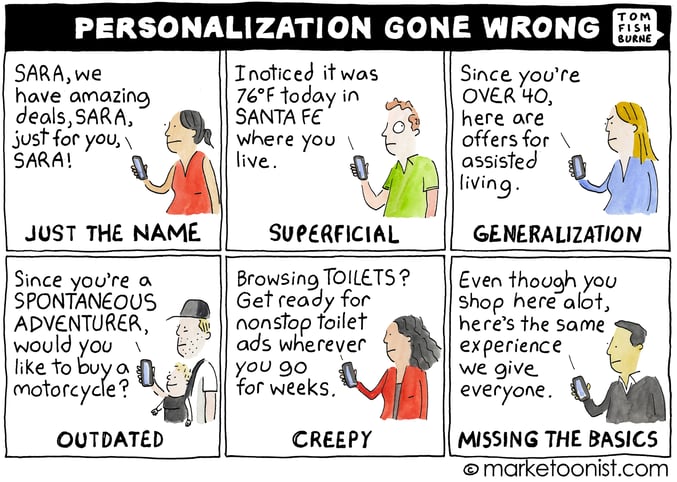Destinee Day-Cassidy
Nov 7
5 min read


